At times, there is a need to dismantle a stretch ceiling. The reasons can be ...
|
|
Ceiling finishing is troublesome and requiring certain dexterity and patience ... |
In the process of prolonged operation of the laminated floor, it loses its former ... |
Types of soils
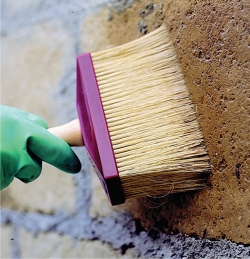
The primer is a special liquid composition, which is applied to the processed surface before painting, putty and other work. Typically, it includes film -forming substances (oils, tar, bitumen, different types of glue), pigments, drying accelerators and other additives. The basis of the primer can be mineral, acrylic, alkyd, oil, etc. The paint almost always lies better on the soil, which has the same basis.
Content
In the recent past, wallpaper glue was used to primer walls and ceilings (if a primer for wallpaper was required), PVA glue diluted with water or silicate, a paint that was severely diluted with a solvent. The tree was treated with Oliphi. Now in the market for paints and varnishes can be bought both universal inexpensive soils and high -quality highly specialized compositions of well -known manufacturers.
Modern industry offers a rich assortment of building primer compositions: deep penetration primers that reduce the absorption of the surface that strengthen and improve the adhesion of primer, isolating, anti -corrosion, fungicidal, antiseptic and other primers.
Conditionally, primers are divided into impregnations (used for primary processing of the base) and into the composition that improve adhesion. On sale there are ready -made mixtures and requiring the dilution by appropriate solvents the dry basis for soil.
Why do you need a primer
First of all, the priming of the surface helps to apply subsequent layers better. In addition, such a coating will spin much longer. Some types of primer compositions can regulate the porosity of the base, strengthen it. There are mixtures that impede the wear of various materials and protect them from corrosion.
In addition, the use of soils for painting will significantly reduce the consumption of expensive paint. Thanks to them, the paint lies with an even layer, minor defects are smoothed out.
Areas of use of soils
The main factor affecting the choice of the desired type of primer is the basis of the basis. Therefore, primer compositions in the area of \u200b\u200btheir use can conditionally be divided into the following groups:
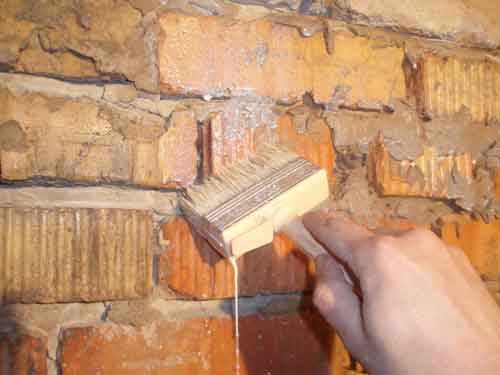
The priming of mineral surfaces
Mineral surfaces include brick, slag block, concrete, aerated concrete, plaster and so on. That is, the materials that mainly consist of the wall and ceilings of buildings.
The leading positions in the preparation of bare walls for subsequent coatings are occupied by a primer of deep penetration. The mechanism of action of which lies in the deepest impregnation of the base material, while the polymer component is well fastened with particles of the base, leaving the processed surface of the porous. This significantly increases the adhesion of the next layer with a mineral base. Often, deep penetrations have fungicidal (antifungal) additives.
If the surface is too loose, porous, not strong, then a strengthening primer will be required. Such a mixture has more adhesive substances in its composition, that is, when penetrated into the material, they significantly strengthen its upper layer. Note that the primer consumption depends on the porosity of the processed surface. Strengthening primers are often used when working on a lack of insufficient number of cement plaster in old buildings. But we should not forget that such mixtures strengthen the material only to the depth of their penetration of the crumbling plaster, they will not save.
Universal, or general primitive primer, is applied between layers of coatings. It improves adhesion, allows you to smoothly apply paint, etc. When choosing it, you should take into account not only the material of the base, but also the layer applied as follows.
Antrongeal primer is required only when using organic paints to process the alkali of surfaces containing alkaline. They may include new concrete, cement screed or surface treated with fire agents.
The primer concrete contact is used to process smooth solid surfaces, for example, concrete plates, drywall or the base paint with oil paint. This mixture contains sand and cementing additives, which allows you to make the surface more rough. Thus, a smooth, with poor adhesion, the surface becomes suitable for subsequent plaster, putty, tile glowing and other finishing work.
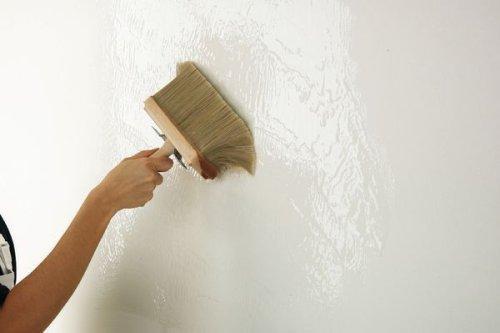
Wood processing
The processing of wooden surfaces and parts is carried out in several stages. First of all, the tree must be protected from biological factors that cause destruction. These are rot, fungus, algae, insects, rodents. For protection, special impregnations are used with antiseptic, fungicidal, pesticidal, insecticidal and other components. For maximum wood protection, these impregnations are required several times.
Other primers are applied to the tree before painting (in some cases they replace it): they smooth out or, conversely, swell the structure of the base. When using them, the paint lies much smoother, its consumption is significantly reduced due to less absorption.
Special compositions for priming a tree include means to defying the surface of coniferous wood. These drugs are divided into dissolving and smirring. After their use, the machining of wooden surfaces may be required.
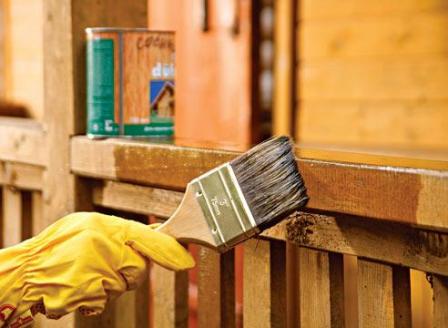
Primer for metal
When processing metal surfaces (ferrous metals) with noticeable traces of corrosion, the rust converter is primarily used. After its use, mechanical processing is carried out. And only then you can primer the surface, even if the primer contains orthophosphoric acid (the main component of the converter).
Anti -corrosion primers for painting for ferrous metals and non -ferrous are used different (galvanized iron is primed with compounds for non -ferrous metals).
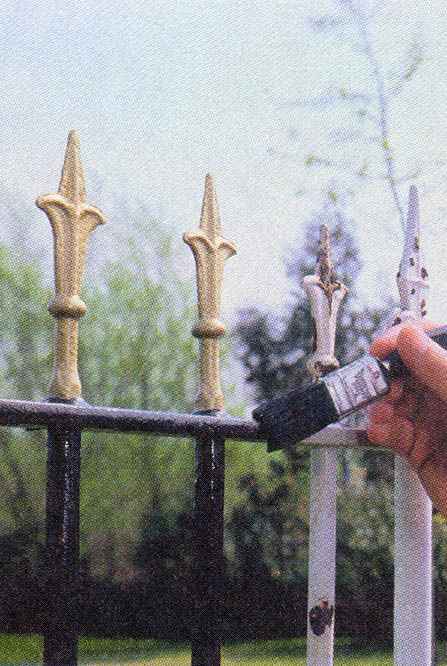
The priming of other surfaces
In some cases, it may be necessary to paint materials on which the paint lies poorly, and in some cases it corrodes them (tiles, glass, ceramics, plastic). For such situations, primitive compounds with increased clutch are suitable.
There are primers that block various spots (soot, fat, etc.). When using soils against stains, unwanted spots will not disappear through paint or wallpaper over time.
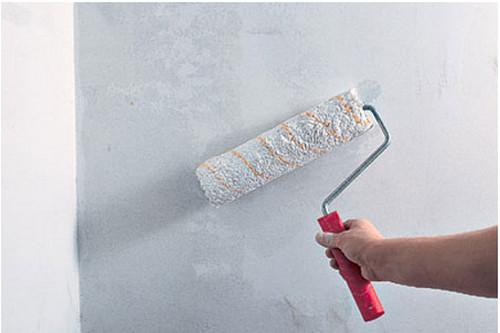
Some types of soils
The emulsion or acrylic primer is suitable for almost all types of surfaces: brick, concrete, plaster, putty, drywall, wood, etc. The exception is metallic surfaces most of these soils do not contain an anti -corrosion component. Among the advantages of primer compositions on an acrylic basis, the ease of use, the ability to dilute ordinary water. Rapid drying (in 2-4 hours) and the lack of strong smell make acrylic soil very convenient when working in residential premises. On an acrylic basis, both superficial and primer penetration are produced.
Alkyd primer is widely used to prepare wooden surfaces for painting, its drying period ranges from 10 to 16 hours. This primer composition loosens the upper layer of wood, which significantly improves adhesion between paint and wood. Such soil increases the resistance of the coating a lot, increases its service life. Use alkyd primers to cover iron. Not intended for use on mineral surfaces.
Epoxy and polyurethane primers in composition are diluted solvents with appropriate colors. Basically, concrete foundations are primed, preparing them for applying enamels.
Shellac primer is used to treat branches on the cuts of coniferous wood. Such soil is also used when working with water -soluble stains.
Polystyrene primers are used on plastered and wooden surfaces. But due to high toxicity, they can only be used in well-ventilated non-residential premises or in external work.
Specialized metal primers are conditionally divided into insulating, tread and phosphate. Isolating primers have zinc white and iron swords in their composition. Such primers do not interact with the metal, but protect it from moisture penetration mechanically. The category of insulating primers includes glyftal and phenol formaldehyde compounds. The drying period at room temperature ranges from several hours to two days.
Passive or protective primer, the price of which is much higher, exceeds isolating in reliability. This group of soils can be used on ferrous and non -ferrous metals. Due to the large zinc content (up to 90%), such a coating can withstand operation in some aggressive environments.
Phosphate primers improve the adhesion of paint to metal, prevent the formation of rust. Before use, such soil is diluted with an acid dilute. Apply it in several layers under persistent enamel. The primer, the characteristic of which is given above, is used to process ferrous metals in a humid medium.

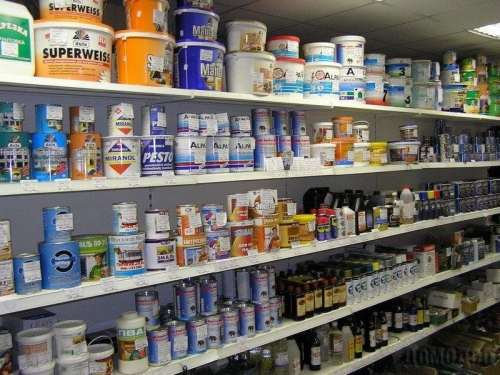
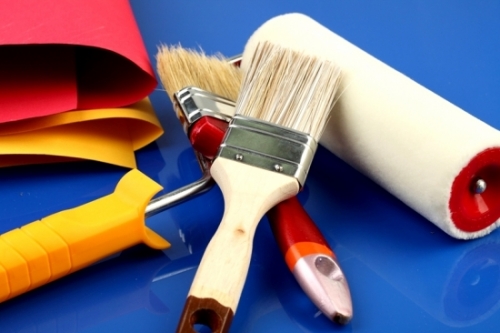
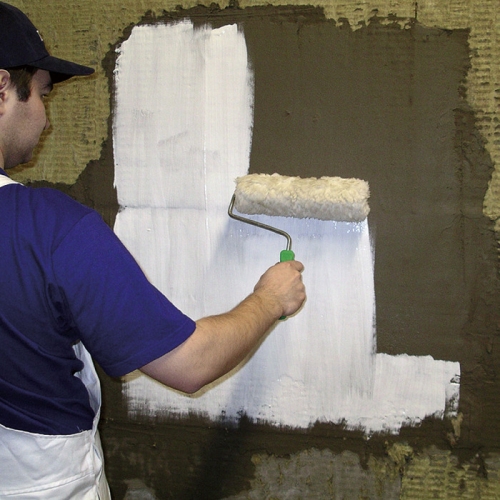
wDC what is it
wDC what is it
Building store and
The store of construction and finishing materials http: // Republic. RF/ Predicts building materials wholesale and retail. Our store has a wide range of products at minimal prices, because We work directly with factories and manufacturers. We cooperate with Russian and European firms of finishing materials and have a well -established sales network, so we are always in stock building materials in bulk, and the supply of construction projects in Moscow passes as quickly as possible